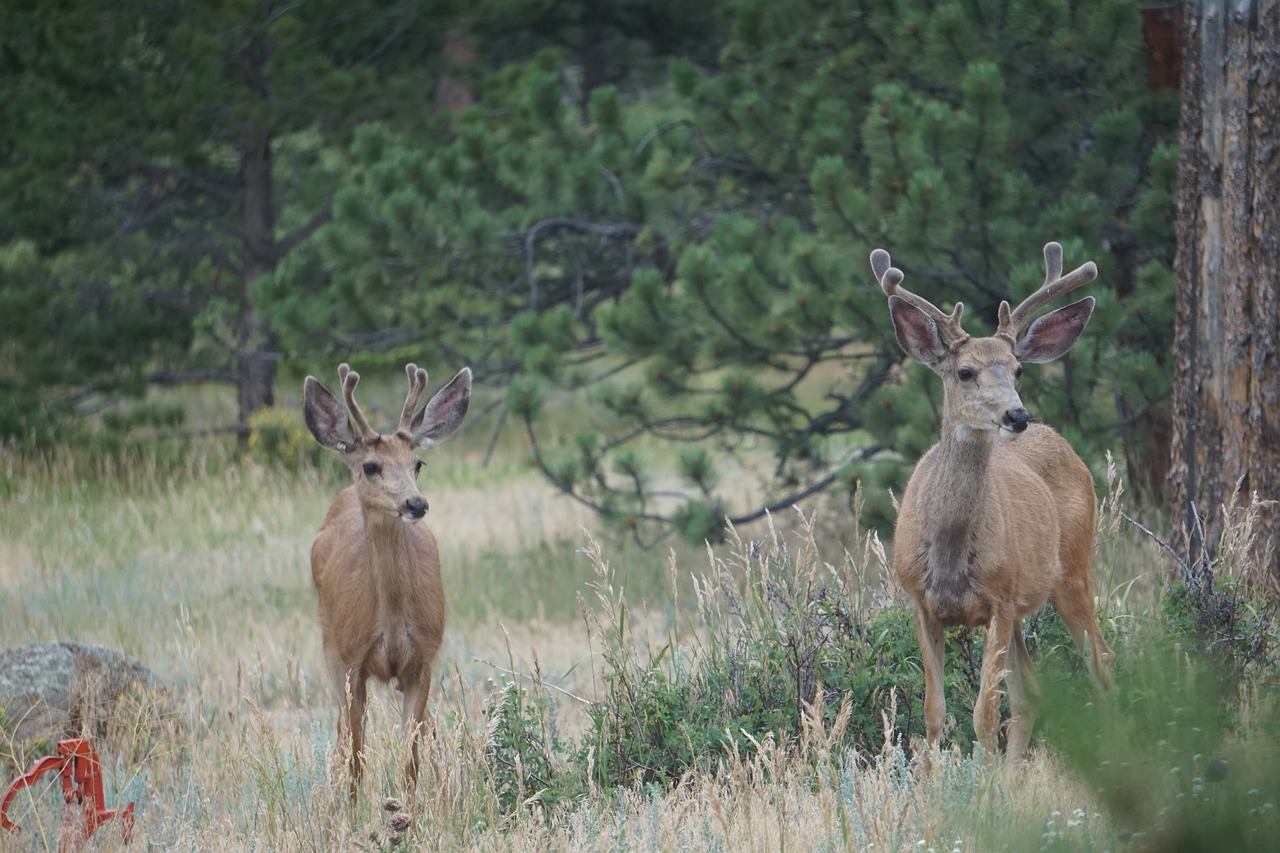
WSU laboratory identifies plague in Idaho mule deer
watch
Listen
(Runtime 1:00)
Read
A blind mule deer in Idaho has become the fifth documented case of a deer with ocular plague, according to pathologists at Washington State University.
The deer was first reported by a member of the public in Custer County, Idaho, on June 9, and was later euthanized by an Idaho Fish and Game employee. Tissue samples from the deer were sent to the Washington Animal Disease Diagnostic Laboratory at WSU.
Kyle Taylor is a pathologist at WADDL and a faculty member at the university’s College of Veterinary Medicine.
Taylor said he decided to seek clearance to test for plague, despite the unlikely nature of the disease. There was potential risk for anyone that had handled the deer.
In humans, the plague can lead to severe complications and death without early treatment. People should avoid contact with wild animals that are blind or exhibiting unusual behavior and report it to their state wildlife agency, Taylor said.
“There was really a horrendous inflammation in these eyes,” he said. “The severity of it, and because it was in both eyes, reminded me of a paper that came out a number of years ago that mentioned ocular plague in mule deer in both Oregon and Washington.”
While deer don’t appear to be particularly susceptible to plague, the few published cases show it can occur in the eyes, blinding the deer.
WADDL also tested other tissue samples, Taylor said, including lung, liver and heart samples. The bacteria that causes plague, Yersinia pestis, was only found in the deer’s eyes.
“There was no inflammation in those tissues either,” he said. “So it was only in the eyes, as far as we could tell.”
Taylor said the case does not indicate a likely threat to public health at large.
“Realistically, in most cases, an animal like that would not survive long in the wild,” he said. “So the chances of coming across that kind of animal, it’s very slim to begin with.”
The plague, while rare, has been documented for years among wildlife populations in the western United States, Taylor said.
















